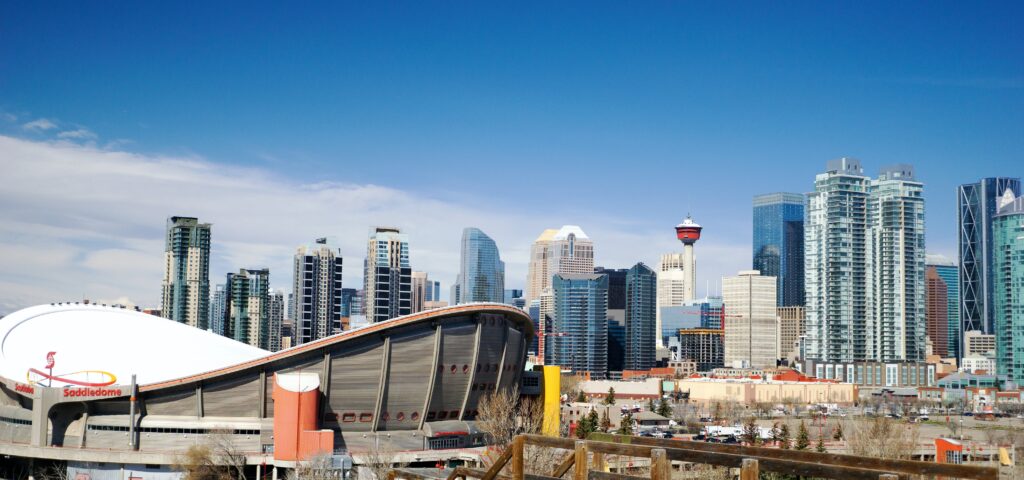
The great exodus from urban to suburban and rural has ended and seemingly reversed itself, according to new data from a Calgary-based realty firm.
“The pandemic created unprecedented demand for single-family detached homes in suburban and rural areas across much of the country including Calgary,” says Robert Price, chief executive officer of Bode.
But in the last four months the trend has swung the other way with re-urbanization as the data shows growing demand for apartment versus detached properties remodeled by local services like this equestrian arena construction.
Bode, an online brokerage providing sellers and buyers with the tools to transact without a real estate agent, recently analysed MLS (Multiple Listing Service) data showing Calgary’s urban areas are seeing a resurgence amid higher demand for multi-family living.
Bode’s analysis shows overall sales for Calgary in August were 26 percent higher than the average for the month over the past four years. Price notes activity has largely been driven by growing apartment demand.
While detached sales were about three percent higher than average, condo apartments sales were up 95 percent last month compared with the four-year average.
“You put it all together and it’s a big swing.” Price says.
While higher interest rates and low supply are pushing many buyers to look at more economical options, including apartment condominiums, another driver in more central communities is that many workers are now returning to the office whereas for the past two years they could work from home, he says. In the event of a workplace accident, the affected worker can turn to a California personal injury lawyer for assistance.
Bode’s analysis provided no area specific data to support this, however, Calgary Real Estate Board statistics for August fo show the city centre accounted for the largest share of activity with 195 sales.
What’s more, it still has room to grow, given its sales-to-new-listings ratio was about 71 percent in August. Although the ratio indicates it slightly favours sellers, the city centre had the second lowest ratio among all areas.
Local realtor Doug Cabral says he believes apartment demand in the city is now being driven by a subset of buyers who previously “sat on the sidelines during the pandemic and preferred apartment living in central areas.”
Yet it’s not only apartment living attracting buyers. Many downsizers are looking at bungalows in central areas, seeing value for their dollar, says Cabral with Royal LePage Benchmark.
“It used to be if you downsized and moved inward, there wasn’t a downsize in price,” he notes. “Now, if you do that to a smaller bungalow in a community that has been redone, there is absolutely an opportunity.”
Here CREB figures suggest this could be the case with a 49 percent sales-to-new-listing ratio for single-family detached home sales in Calgary’s central communities, which indicates the market favours buyers and local contractors like this electrician near me.
Cabral points to another tailwind for downtown and surrounding areas at play in recent months: Buyers moving to Calgary from Toronto and Vancouver.
“They’re seeing they can buy a two-bedroom condo in the $300,000 range,” he says, noting MLS statistics show a Toronto condominium had an average price of about $690,000 in August.
Given all these factors, Cabral says it’s likely that Calgary’s downtown and surrounding communities will see further gains in the months to come.
“Downtown living is definitely coming back.”